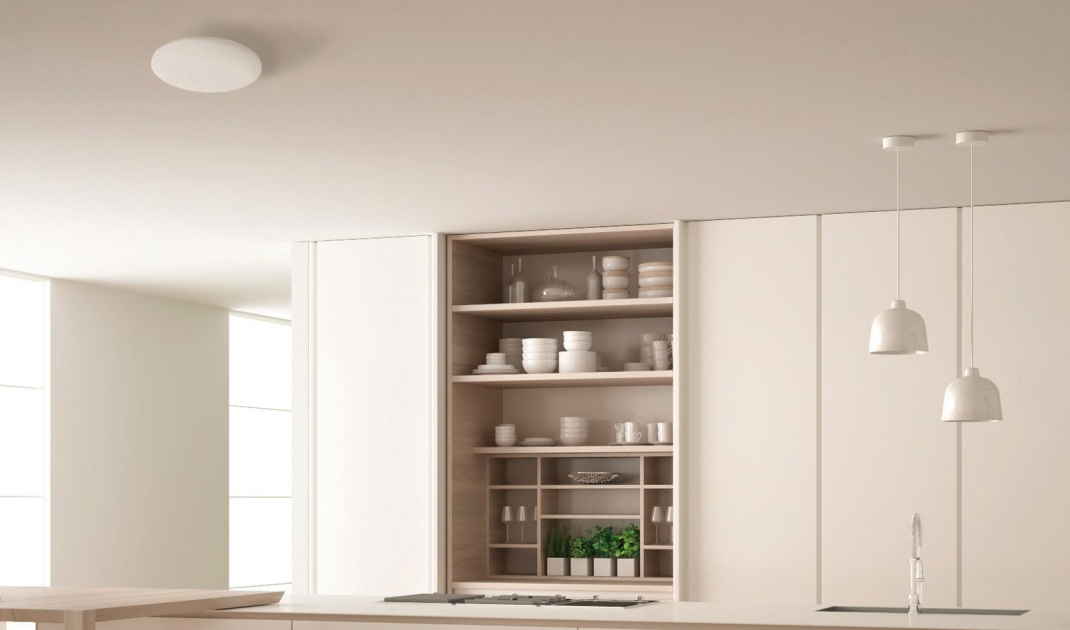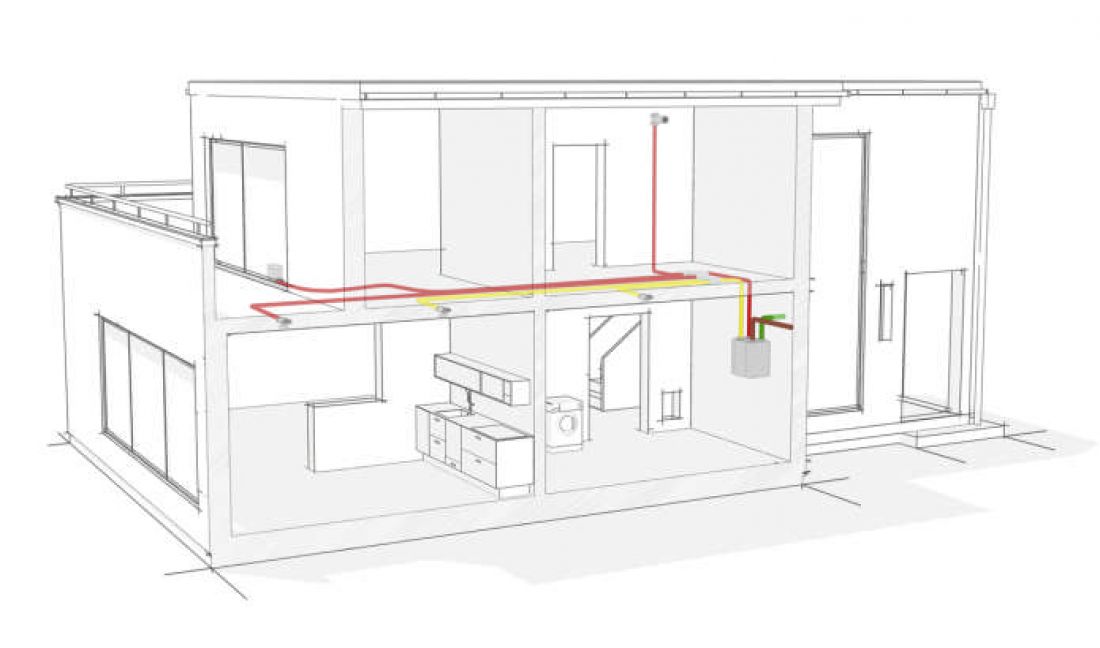Recuperation is a great way to make your home more functional and economical. Lower heating expenses, a constant supply of fresh air, less smog and allergens are just some of the benefits of mechanical ventilation systems.
What to choose when building a house - recuperation or gravity ventilation?
Before you start building, you need to make a key decision related to energy savings on heating. We can bet on outdated gravity ventilation with traditional chimneys, which is a source of huge energy losses, or on a modern and energy-efficient recuperation system that provides the highest comfort in the house. Ventilation with heat recovery is characterized by a less complicated design. With this system, we do not need to build chimneys and use micro-ventilation in the windows. The recuperative system represents a saving in this regard. It also contributes to lower expenses for heating the house. However, you should be aware that recuperation and gravity ventilation cannot work simultaneously. Otherwise, the functional operation of heat recovery ventilation would be prevented.
Living room with visible round ceiling supply and exhaust valve covers
© VASCO
Recuperation maintenance
The condition of the filters has an impact on how recuperation contributes to the air quality in the home. It is important to change the filters at least twice a year in conjunction with basic maintenance of the recuperator. What's more, it's a good idea to vacuum the filters from the outside every two to three months when doing major housecleaning. The best way to clean the recuperator is with a vacuum cleaner with a brush applied. Unfortunately, in many regions of Poland, the level of air pollution is very high, which means that it may be necessary to install new filters more often. There are also additional electrostatic filters with very high levels of filtration for smog particles, smoke odor and exhaust fumes. How, on the other hand, does the cleaning of ventilation ducts look like? This task is carried out by a team of specialists equipped with appropriate brushes and a vacuum cleaner. In an average-sized building, it takes about two hours and should take place after no more than 10 years of operation.
Yellow ventilator
© Lindab
How does recuperation work?
Recuperation in the home means that residents do not have to remember to ventilate the rooms regularly. It is the task of mechanical ventilation to take care of fresh air. Opening windows is therefore not necessary. This minimizes the likelihood of nuisance particles, smog or unwelcome insects. However, the windows can be opened and this will not interfere with the operation of recuperation. It is important to know, however, that the ventilation cannot be turned off at that time, because it deals with the exhaust of air from bathrooms and kitchens. It is also worth knowing how the recuperation system will cope in the event of difficulties with electricity. A power outage will not be an impulse that could change the previous settings of the equipment. When the system returns to constant operation, its parameters will be the same.
An example of how a recuperation system works
© STIEBEL ELTRON
Ways to control recuperation
Manufacturers provide their customers with a wide range of control options so that recuperation can be controlled according to the preferences of home users. Those who like the simplest solutions should bet on a wireless gear switch attached to the recuperator. Most ventilation systems are also equipped with an internet connection module. Thanks to an app installed on a smartphone, it is then possible to plan a weekly calendar of ventilation intensity or simply change the settings. The most demanding people can still attach CO2 and humiditysensors to the system , which will control the recuperator automatically.
Controlling the recuperation system
© Lindab
Installation of recuperation
Recuperation can be installed if sealing and insulation have been taken care of in the house. This will allow air to be supplied to the interior only through the ventilation system. In addition to heat exchange in the recuperator, thanks to special filters, the air will be cleaned before it enters the building. This is because the filters reduce the amount of smog fractions. Installation of a ventilation system with heat recovery will in no way disturb the stylish design of the premises. Recuperation does not require suspended ceilings or the making of unnecessary buildings in the corners of the walls or under the ceiling. All pipes supplying air to the rooms are hidden in the floor layers of the attic and first floor. Instead, the supply and exhaust anemostats are covered with minimalist and very discreet covers.
Square ventilation valve cover
© VASCO
Recuperation vs. heating and air conditioning
Recuperation will significantly affect the efficiency of home heating and its costs. A properly insulated building and a modern mechanical recuperation system is a combination that will significantly reduce bills. Compared to traditional gravity ventilation, it will reduce them by up to two times. Investing in recuperation is therefore the prospect of considerable savings in the future. The air conditioner, on the other hand, deals only with the circulation of air in the room. The ventilation system will not only circulate it, but at the same time provide a supply of fresh air with low CO2 levels, free of bad odors and allergens.
Are you building a house? We have more information on ventilation for you. Click HERE
































